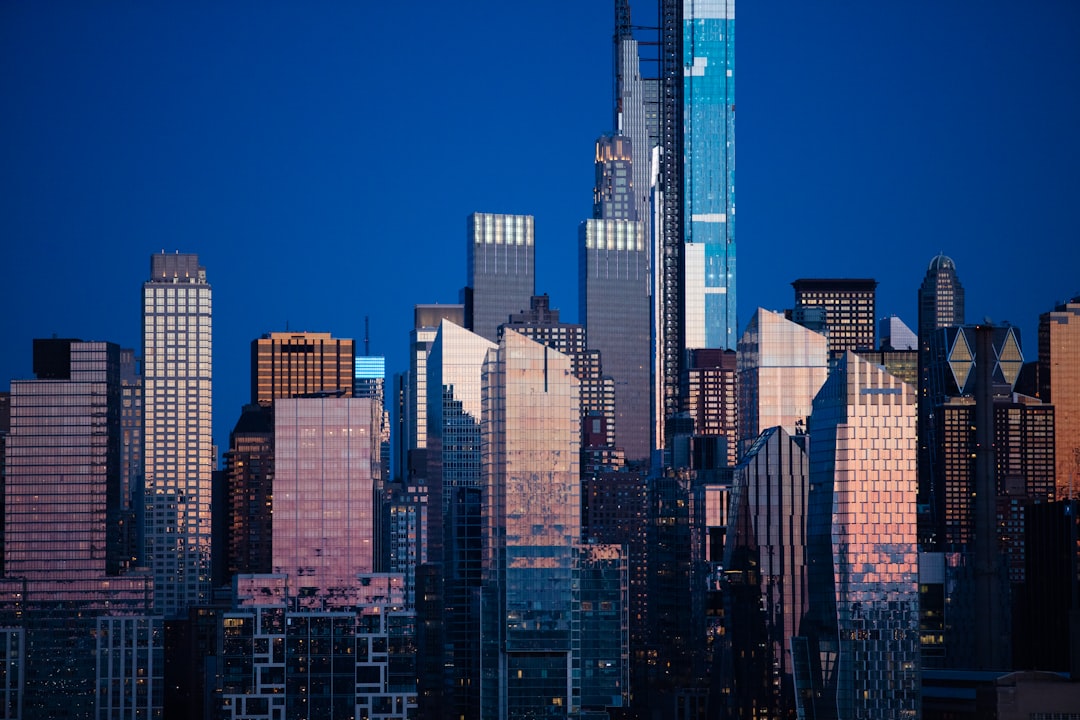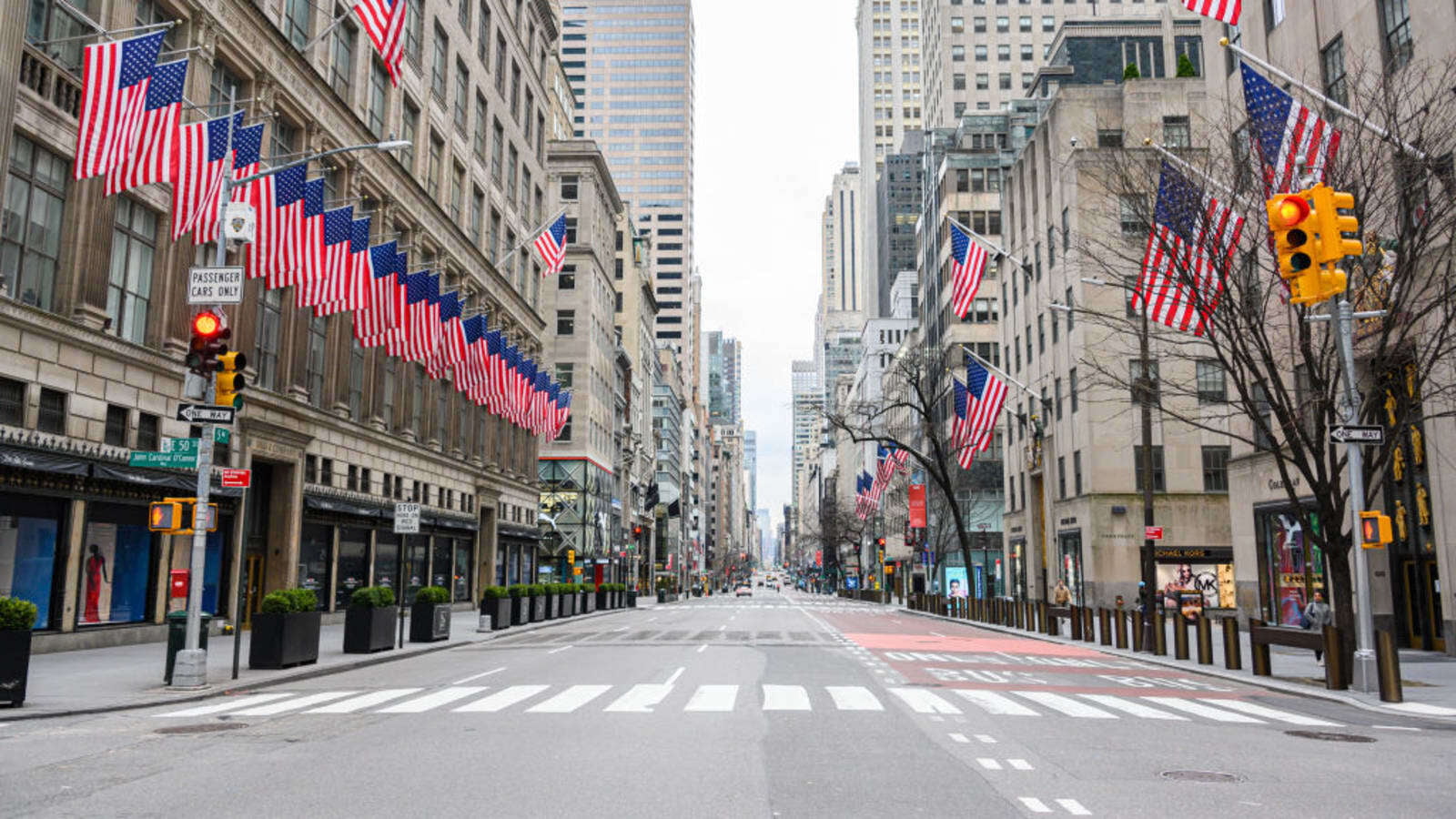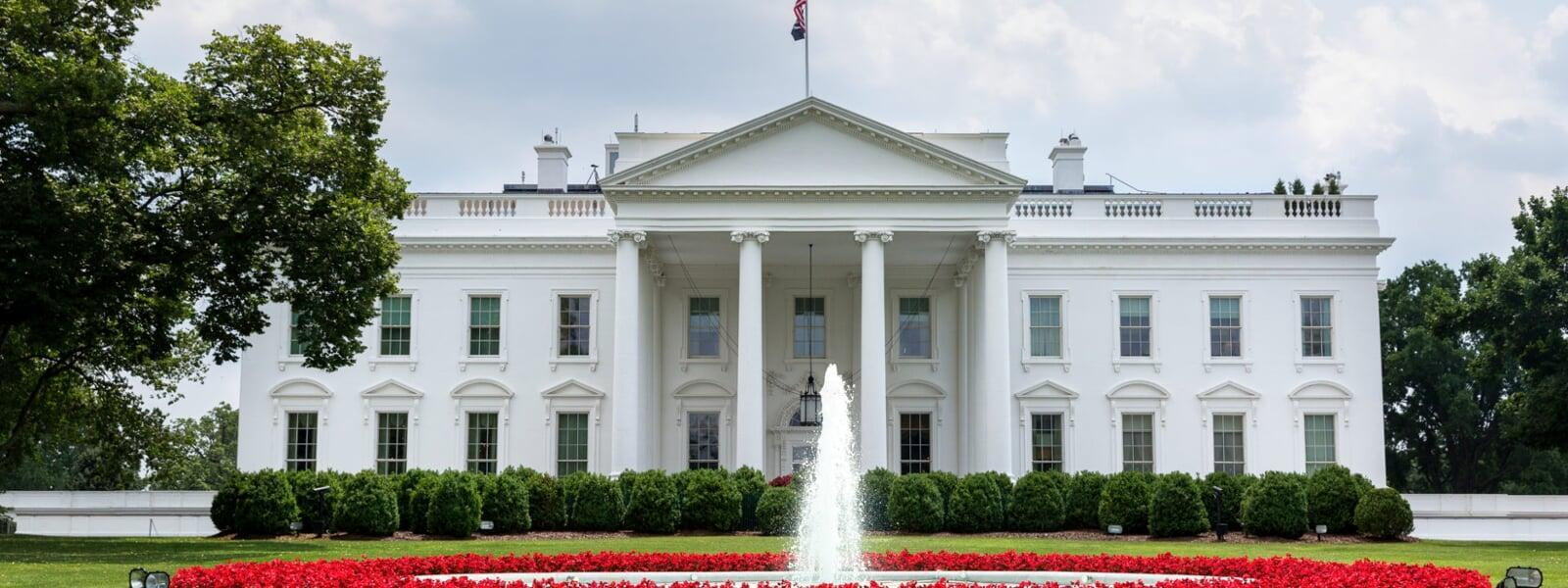BY JONATHAN LUTTWAK
Why a looming vaccine, the election, and employee feedback suggest you should
Let's not sugarcoat it. Today's New York City's office market paints a grim picture. The Partnership for New York City's employer survey found that just 10% of workers returned to the office. Only 15% is expected back by the end of the year. This is in contrast to August when employers estimated that 26% of the workforce would return by the end of the year.
Market dynamics are challenging. Since 2018, the amount of available sublease space has been steadily rising. Since March 2020, 4.6 million square feet has been added to the market, with an additional 4.4 million square feet of shadow space. According to Cushman & Wakefield, the first nine months of 2020 saw New York City's lowest consecutive leasing activity in 25 years, down nearly 60% from a year ago. More space coming on the market and less leasing activity will continue to push rental rates down. The vacancy rate is already up significantly at 13.3%, well above equilibrium, and is expected to rise.
Both large and small companies are re-imagining how they operate and questioning the need to pay for costly real estate. While employees are seeing mixed results working from home, most employers say that productivity has not significantly declined. In some instances, collaboration is actually up.
But should you bet against the New York market? I wouldn't. In fact, this could be a great time to actually go long on the New York City office market.
An existential crisis for office space in New York and other key cities:
Let's look at history. The 1918 Spanish flu pandemic drove people out of New York City, but they returned to lead a decade of tremendous growth. Always the comeback king, New York also roared back to life after the 1975 fiscal crisis, the September 11th terrorist attacks and the 2008 financial meltdown.
Following each crisis, the New York City became more vibrant and creative. The reemergence of art, culture, food, and entertainment beckoned people - and companies - to return. The density of New York creates an energy that is unmatched in the United States. It has a heartbeat, even if the pulse of the office towers is seemingly faint today.
New York City is a global behemoth. Let's face it, no other American city, regardless of its growth, is likely to join the ranks of London, Paris, Rome, Hong Kong, Tokyo, Shanghai, Madrid, Berlin, Seoul, and Sydney the way New York City has. Like these other metropolises, it's here to stay.
The naysayers are all screaming, "This time it's different!" Yes. Without question, the technology of the past decade is shifting the paradigm for worker productivity. More can be done remotely, and many companies are already thinking about saving money by shedding much of their physical footprints, especially in high-cost locations.
Two reasons I am bullish on New York City
Vaccines
Pfizer's early data shows its vaccine is more than 90% effective. Globally, eleven vaccines are in late-stage trials, including four in the United States. While we seem to be entering a new and scary chapter of the pandemic, with numbers rising worldwide, the vaccine represents a light at the end of the tunnel. Fittingly, the same technology we are all using to work remotely enabled great minds to coordinate a global effort and a real-time information exchange.
While it is too early to cheer, it is more likely than not that some vaccines will be available to the general public by the spring of 2021. Indeed, it is very reasonable that by the summer of 2021, we start moving towards some semblance of normalcy. Will that mean crowded subways, theaters, restaurants, travel, and even shaking hands? In my view, yes.
The Election – Policy not Politics
The election is a divisive issue. My focus is not political, but rather analyzing what a Biden victory means for New York City. While President Trump has not conceded the election, it is unlikely the outcome with change. Although a Biden administration's long-term tax implications may create challenges, a Biden win likely means favorable fiscal policies for New York.
In an interesting read, the New York Times published five takeaways from what a Biden win could mean for New York. In my view, the most important is the increased likelihood that future stimulus packages will include support for the city, the state, the Metropolitan Transit Authority, and critical infrastructure projects, like the Hudson River rail tunnel.
While such efforts will require U.S. Senate cooperation, it is far more likely that Biden will drive a compromise. MTA ridership has declined and the projected budget deficits, as well as significant budget challenges for New York City and New York State, are a critical risk. While I would always be bullish on the long-term future of New York City, if it does not receive federal support, a recovery will be further beyond the horizon.
What does this all mean?
Money to support vital city services, combined with a return of cultural institutions, entertainment and dining, will pull young people back to the city. In fact, with outdoor dining likely to remain a permanent change to the city streets, New York City will revert to a magnet for a young, energetic, creative, and educated talent pool that it was pre-COVID. By next year, if the vaccine is readily available globally, we could also see a significant influx of tourists.
So what – even if the city comes back, why will that impact office space in the world of remote work?
Cushman & Wakefield published a report about the future of the workplace and how employees are coping with working from home. While productivity remains high, the data also reveals vital differences between age groups. Baby boomers are the most content working remotely. However, while still productive, Millennials and Gen Z are struggling the most, with only 54% feeling a strong sense of well-being. Learning, culture, and real human connections are also suffering.
While providing remote training is not a significant roadblock, it cannot replicate what can be learned by sitting a room and brainstorming a project with a team, or sharing information in person with co-workers. The mentorship gained by asking a supervisor, "Do you have a minute? I am stuck on something." These are the types of interactions that are very difficult to emulate virtually.
There are pragmatic considerations too. Gen Z employees are less likely to have suitable work-from-home space, especially if they return to New York. Millennials also struggle with balancing tight spaces with parenting obligations. For younger employees, the workplace cultivates culture, promotes well-being, and builds trust. You can't get replicate culture on a Zoom call. In the long run, the value of culture and wellbeing exceeds the costs associated with great physical environments.
Going long on New York City office space is not about the workplace, it's about talent
So will 2023 look like 2019? Not exactly. In my view, the office market probably will not be that much different. For some time, companies have tried to provide greater employee flexibility. That trend, as well as increased technology within the workplace, and greater emphasis on distributed work, is not likely to diminish.
However, a growing body of evidence shows that a workplace is more than a place to work. It is a place to innovate, collaborate, promote personal connections, improve well-being, drive culture and cultivate talent. Admittedly, it is difficult to measure the cost of culture and skill while it's easy to quantify the cost of real estate. Undoubtedly, we will continue to see that reality push companies to reduce their real estate costs and shed space in the short term.
However, in the long run, as the city recovers, it will once again offer an unmatched living and cultural experience. With a return to normalcy will come an influx of talent, and companies will once again utilize real estate as a tool to drive recruiting, retention, engagement and culture.
My bet
New York's commercial office market will come back stronger than ever. It will take some time, but the recovery will probably be faster than most people expect today.
INTERESTED IN READING MORE?
Continuing learning about the specific of Commercial Real Estate in NYC with these next few articles.
DOES CO-WORKING SURVIVE? NOT IN ITS' CURRENT FORM
Every day we see new predictions of WeWork’s demise. Articles with headlines like “Is Coronavirus the Knockout...
PERSISTENT AND NON-PERSISTENT - REAL ESTATE IMPLICATIONS OF COVID
There continues to be a lot to explore concerning the impact of the COVID-19 pandemic on so many parts of our lives...




